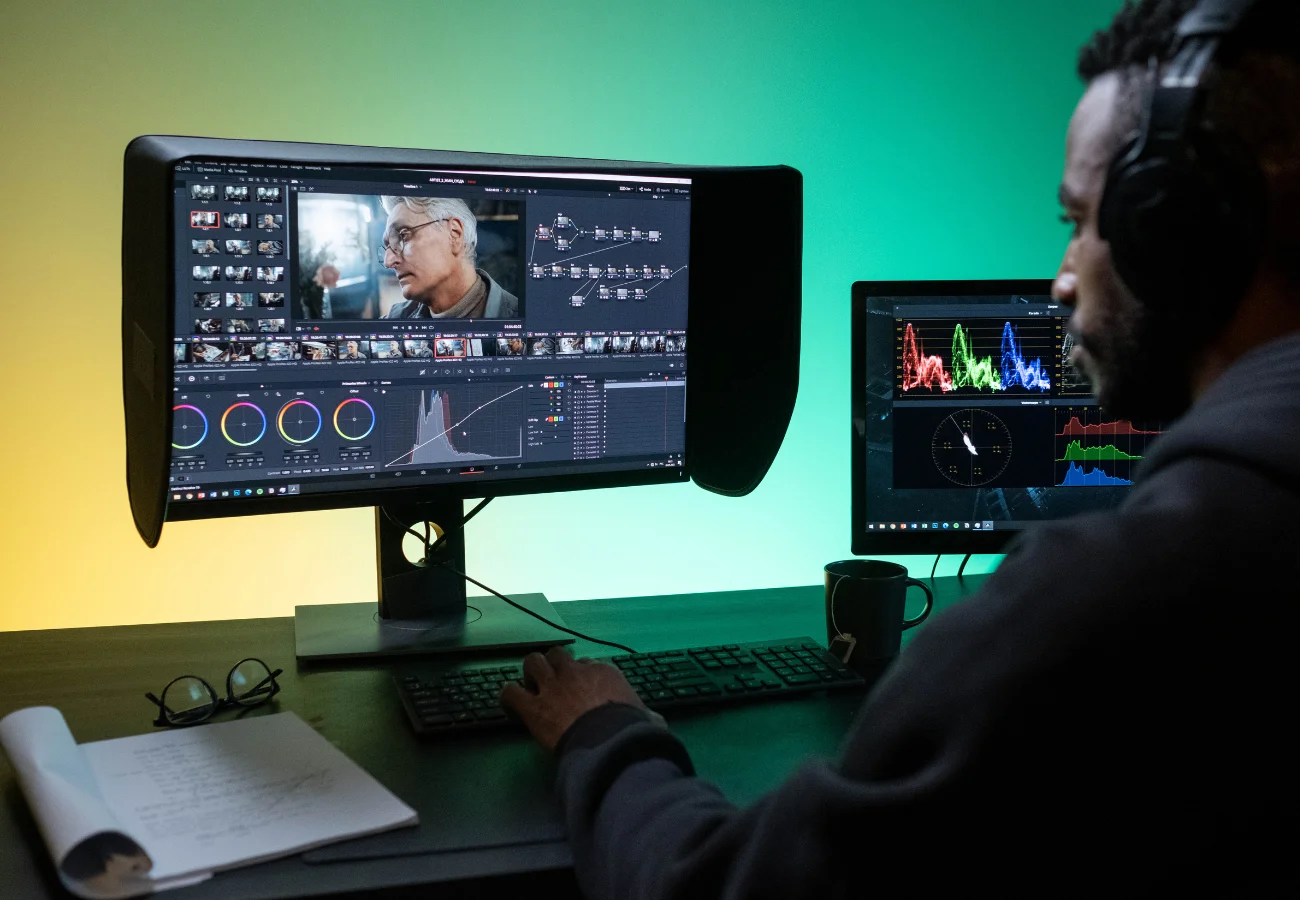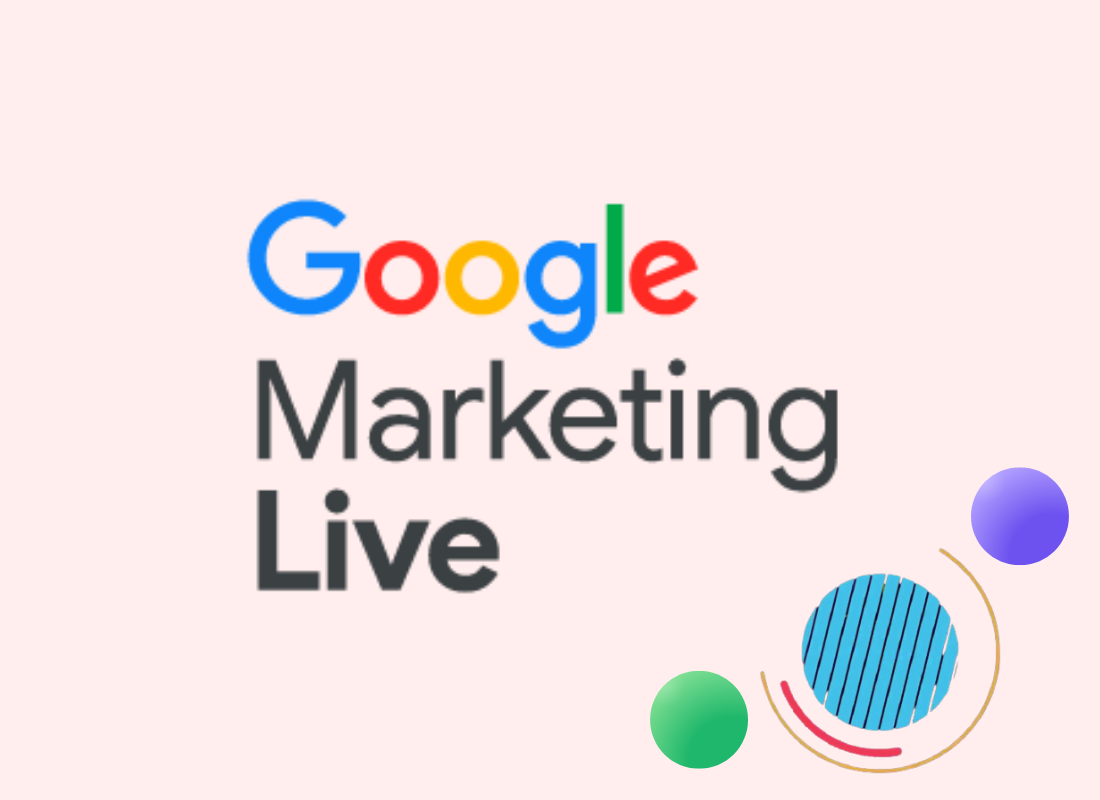Today, I am going to teach you how to run Facebook install ads for your mobile apps to get more downloads from your audience network. If only you are a pro app developer. But, even if you’re an amateur too, you’ll learn how to use the power of Facebook targeting to run effective ads on thousands of mobile apps.
Within a given audience network, you can run Facebook install ads campaigns across various publishers and environments alike. Using Facebook targeting capabilities, ad formats, and management tools. Your ads will reach people on a growing network of high-quality mobile apps. Especially in gaming apps where players are deeply engaged.
The key features include targeting, mobile apps, protection against fraud, reach, high-quality inventory, and even brand safety. As for Facebook targeting, it has the same targeting capabilities. To help you connect with people on Facebook platforms.
Related Topic: Facebook Advertising Cost | How much It’s to Buy an Advert
As well as to help you reach more people on thousands of mobile apps. And as for mobile apps, you’ll get access to mobile in-app inventory at scale, including gaming app inventory.
Then you can choose from native, rewarded videos, and interstitial ad formats. While as for protection against fraud, the Audience Network has systems in place to combat fraudulent actions. As a result, it has gained the TAG “Certified Against Fraud” and JICWEBS DTSG accreditations.
And as for the reach, there are over one billion people who see an Audience Network ad every month. While the high-quality inventory is there for all publishers monitoring. Whereby, all publishers must go through rigorous onboarding and review, and Facebook has direct relationships with every one of them.
Lastly, the brand safety role is to receive full pre-and post-campaign transparency reports. In order to control where your ads appear with blocklists and an inventory filter.
The Best Methods to Run Facebook Install Ads
Of course, Yes! You’ve got a mobile app: check! Your Facebook and/or Instagram Business Pages are set up: check! And your Facebook Ads Manager account is set up: check!
Perfect. Now you want, of course, to get more people installing it, using it, and re-engaging with your app over time. Right? Well, you’ve certainly come to the right place. In the next steps of this guide, you’ll learn how to register your mobile app with Facebook easily.
As well as how to select your campaign objectives and target your audiences. Or even create and run Facebook install ads for your mobile app. But, before we dive into Facebook Ads Manager and set up our first mobile app install campaign, you’ll need to register as a developer on Facebook first.
If you are not a developer, share this instructional link with your developer so they can assist and get everything set up in the App Dashboard.
Related Topic: Facebook Pixel Code | How To Create Lead Campaigns
Herein, you will learn how to register your app, install your iOS Software Development Kit or SDK, or even your Android SDK. And as soon as you register, your App Dashboard allows you to add any app events that may be important for your goals and business, and more.
But, although installing the SDK is optional, I highly recommend doing so to our clients. Let’s get into a few step methods to run Facebook install ads below!
Method One: Register your Mobile App
One thing for sure, your App Dashboard can provide a higher level of tracking and ad targeting, thus, more insights. As an advertiser, the more you can get, the better.
Because you can use that information to make more informed decisions. And as you run Facebook install ads, you’re also able to create a custom audience and optimize your app campaigns. Furthermore, adding app events is also optional.
But I recommend setting these up as they relate to your business. Such as app install, app launch, add to cart, in-app purchase, etc. That way, you can better serve your ads to people who are most likely to take action. As you create custom audiences using this information.
Now, are you sure if you’ve already done this? You should try and make sure that you are registered correctly. And you can easily see if your app is registered and all set to run in campaigns. By entering your Facebook App ID into Facebook’s App Ads Helper.
Once the above initial step is completed, let’s dive into the campaign set up. Whereby, there’re two main Facebook campaign objectives that you’ll want to use. Including the App Installs and Conversions.
Method Two: Set your campaign objectives
For the app install campaigns, let’s say your goal is to drive mobile app installs. As such, you should select the “App Installs” campaign objective when creating a new campaign.
This campaign objective will help serve mobile app install ads to people in your target audience. More so, those who are most likely to take this action and the campaign will optimize towards this goal. Back to the conversion campaigns, let’s say you’re interested in reaching warmer audiences.
Warmer Audiences are Audiences that have already installed your app to entice them to re-engage. Try testing out other campaign objectives, such as “Conversions.”
And with this campaign objective, be sure to select a conversion event location — your app — at the ad set level. To do this, select your app, the app store that it resides in for this particular campaign, and ad set ( like iTunes or Google Play).
And then, choose an app event that you want to optimize for. Such as in-app purchases, as pictured above.





